Buying the Right Capabilities is difficult; How to make the latter easier
 2014 is once again on track to be a very active year for Mergers and Acquisitions both in numbers of transactions completed and in overall value of transactions completed. The downside of this very active M&A market however is that a great many transactions unfortunately do not create the value predicted nor live up to the business case the organization initially believed to be the best estimate. While a number of studies have been completed on why M&A activities do not necessarily deliver the value initially estimated, fortunately a number of transactions do result in excellent value uplift for the acquiring parties. The focus in this brief piece is on the Buying Capabilities and in particular the successful buying of the right capabilities to enhance value and accelerate growth.
2014 is once again on track to be a very active year for Mergers and Acquisitions both in numbers of transactions completed and in overall value of transactions completed. The downside of this very active M&A market however is that a great many transactions unfortunately do not create the value predicted nor live up to the business case the organization initially believed to be the best estimate. While a number of studies have been completed on why M&A activities do not necessarily deliver the value initially estimated, fortunately a number of transactions do result in excellent value uplift for the acquiring parties. The focus in this brief piece is on the Buying Capabilities and in particular the successful buying of the right capabilities to enhance value and accelerate growth.As organizations develop their strategies it is not uncommon to identify gaps that need to be filled for the strategic goals to be achieved in the required time frames- examples of gaps many of you may have seen within your own business units, companies, or geographic entities for example can include:
- Intellectual Property/Trade know how
- Sales Channels and networks
- Manufacturing platforms
- Logistics systems
- Key personnel
While the list above is just a very brief example, the idea to buy capabilities for growth development usually is centered around the understanding that by purchasing a particular company or companies, the organization will indeed reach their strategic goals more quickly and generate more value.
The first step I recommend in developing an action plan for identifying targets and approaching for acquisition is to begin developing your own internal plan with your management and board which should include:
- The prioritized markets identified where accelerating growth through capabilities acquistion have the best proposed business cases and in particular the strongest strategic rationale.
- A clear detailed list of the capabilities required, the cost and time to create organically vs. acquire, and an assessment of how reasonable it is to expect the capabilities if acquired will work following integration.
- A list of potential targets and where reasonable a review of the highest priority targets with base level business case developed.
Once this first preliminary step is completed and approval has been granted in reference to the direction and the strategic alignment of the possible acquisitions, it is now time to begin systematically reviewing opportunities and valuing how they may fit into the capabilities your organization needs to acquire. At this point there is the temptation to make acquisitions for many reasons- what is being focused on in this short blog however, is in the acquisition of capabilities in particular and therefore my recommendation is to:
- Review the original capabilities you need to acquire for your strategy realization to be accelerated. Confirm this capability is actually available in the target.
- Compare organic versus actual target acquisition and determine if the hurdle criteria have been passed.
- Assess the likelihood of the integration working within the proposed timeframe (typically 24 months or less).
- Focus due diligence not only on finance and legal where a lot of time and effort are normally spent and expand to cover customer and key employees. Particularly customer is often overlooked.
- Critically and skeptically review any assumptions where the value uplift is received through synergies/cost savings.
- Consider customer defections and pricing pressure downwards and be realistic about how customers will respond to the acquisition and the impact on your net income in particular.
In summary, setting up a systematic process and link between the Strategy of the organization and the targeting of acquisitions is a requirement for many companies today. The important role of using process to continually scan for, evaluate, and create recommendations from throughout the organization will assist you in identifying potential capabilities to acquire. Following the installation of this systematically, your organization can move from an “ad hoc” M&A acquisition mode to becoming a company well known by shareholders and potential partners for being able to carefully evaluate opportunities and move in directions that increase stakeholder value consistently.





